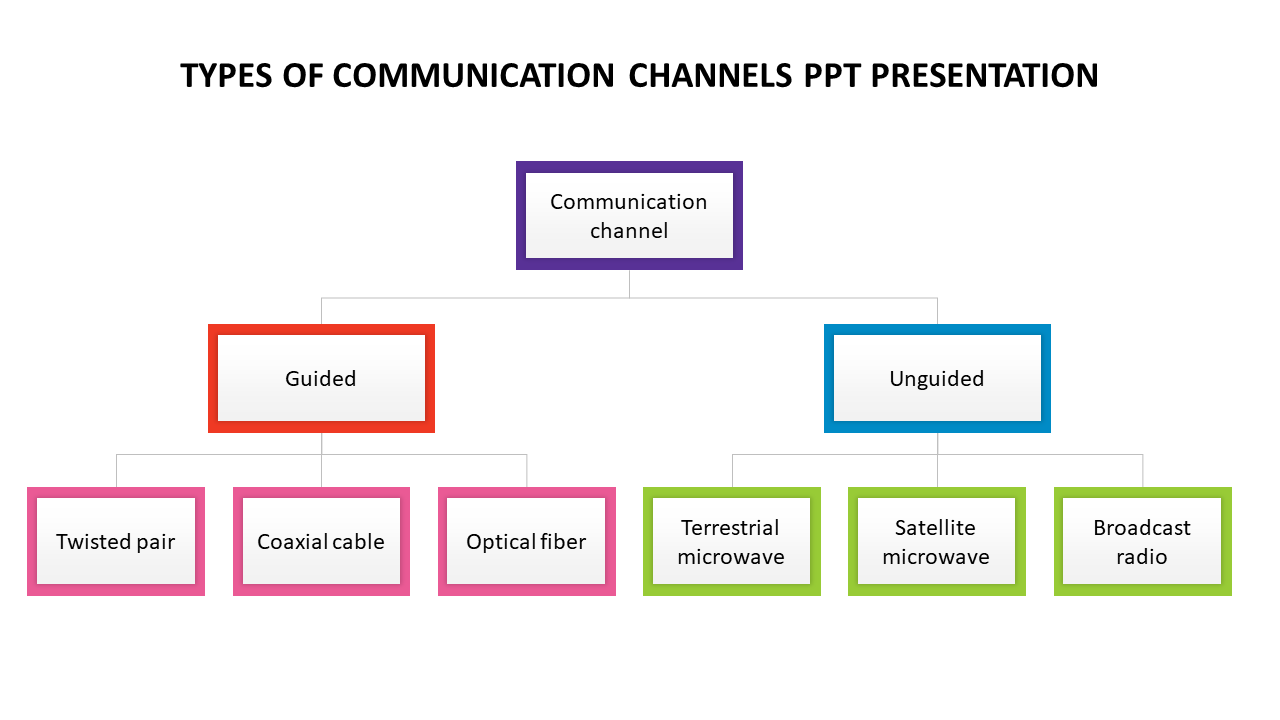Definition and Scope of Channels
Channels serve as conduits for conveying information and facilitating communication. In the context of media and communication, channels encompass a diverse range of platforms and mediums employed to transmit messages and content to specific audiences. These channels can be broadly categorized into traditional and digital formats. Traditional channels include print media (newspapers, magazines), broadcast media (television, radio), and outdoor advertising (billboards, posters). Digital channels, on the other hand, encompass online platforms such as websites, social media, and mobile applications.
Types of Channels
The selection of appropriate channels for communication depends on factors such as the target audience, the nature of the message, and the desired communication objectives. For instance, print media remains a preferred channel for reaching specific demographics, such as older adults or niche audiences interested in specialized topics. Broadcast media, with its wide reach and immediacy, is effective for mass communication and disseminating breaking news. Digital channels, owing to their interactive nature and personalized content delivery, are particularly suited for engaging younger audiences and facilitating targeted advertising.
Characteristics and Functions of Channels: Channel Definition

Channel definition – Effective channels are distinguished by several key characteristics that enable them to effectively transmit messages, facilitate interactions, and shape audience perceptions. These characteristics include reach, frequency, and engagement.
Reach refers to the number of individuals or households that a channel can potentially reach with its messages. Frequency measures the average number of times that a message is delivered to a particular audience. Engagement quantifies the level of interaction and involvement that audiences have with a channel’s content.
Functions of Channels
Channels perform several essential functions in the communication process. They act as conduits for transmitting messages from senders to receivers, enabling the dissemination of information, ideas, and perspectives.
Channels also facilitate interactions between senders and receivers. They provide platforms for dialogue, feedback, and the exchange of ideas, fostering a sense of community and belonging among audience members.
Furthermore, channels play a crucial role in shaping audience perceptions. They influence how audiences perceive the credibility, trustworthiness, and legitimacy of messages and their sources. Channels can also shape audience attitudes, values, and beliefs, contributing to the formation of public opinion and social norms.
Role of Channels in Building Relationships and Fostering Community
Effective channels foster relationships between senders and receivers by creating opportunities for ongoing communication and interaction. They provide a platform for building trust, rapport, and mutual understanding.
Channels also contribute to the development of a sense of community among audience members. They provide a shared space for individuals to connect with others who share similar interests, values, or experiences. This sense of community can foster social cohesion, support, and a shared sense of purpose.
Channel Selection and Optimization

Selecting the appropriate channels for communication campaigns is crucial for reaching the target audience and achieving desired outcomes. Channel optimization further enhances the impact of campaigns by maximizing their effectiveness and efficiency.
Factors to Consider in Channel Selection
Key factors to consider when selecting channels include:
- Target audience demographics and behavior
- Campaign objectives and message
- Budget and resources
- Channel reach and engagement rates
- Competitive landscape
Importance of Channel Optimization, Channel definition
Channel optimization involves aligning channel selection with campaign goals and continuously monitoring and adjusting channels to maximize impact. It ensures:
- Efficient use of resources
- Improved reach and engagement
- Enhanced campaign effectiveness
- Measurable and trackable results
Examples of Successful Channel Selection and Optimization
In a successful social media campaign, a company identified its target audience as young professionals on LinkedIn and Instagram. They optimized their channels by creating engaging content tailored to each platform, resulting in increased brand awareness and lead generation.
Another example involves an email marketing campaign. By segmenting their email list based on customer behavior and preferences, the company optimized its channel to deliver targeted messages, leading to higher conversion rates.
In the murky depths of a forgotten realm, a channel emerges, its path winding through time and space. Like a forgotten sword, it lies dormant, awaiting the hand that will wield it. But in a realm of shadows, a sword pit awaits, its jagged edges a grim reminder of the dangers that lurk beneath the surface.
The channel, once a beacon of hope, now teeters on the precipice of oblivion, its fate entwined with the secrets of a forgotten past.
The channel is a conduit, a pathway through which signals and information flow. In the realm of gambling, one such channel leads to the allure of the slot machine , where fortune and chance dance a tantalizing tango. Yet, the channel of communication extends beyond the spinning reels and flashing lights, connecting players to a world of entertainment and potential rewards.
It is a channel that invites both dreams and caution, a reminder that the path of fortune is often fraught with both exhilaration and uncertainty.
In the realm of communication, a channel serves as a conduit, conveying messages between sender and receiver. Much like the ethereal melodies of Rihanna’s songs weave their way into our hearts, a channel establishes a pathway for the transmission of ideas, information, and emotions.
Channels are pathways through which information flows, like rivers carrying thoughts and ideas. Sometimes, these channels lead to unexpected places, like the sword pit , where weapons of war become relics of a forgotten past. Yet, channels also serve as conduits for knowledge, connecting us to different perspectives and shaping our understanding of the world.
A channel is a means of conveying or distributing something, such as water or information. Like the umbrella pit , which collects rainwater and channels it into the ground, a channel can be both a physical and a conceptual construct.
In the realm of communication, channels refer to the pathways through which messages are transmitted, such as television, radio, or the internet. By understanding the different types of channels available, communicators can effectively tailor their messages to reach their target audience.